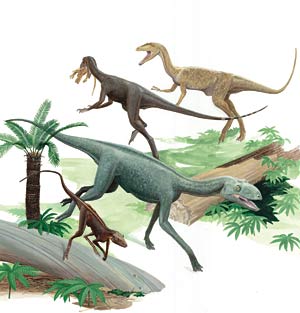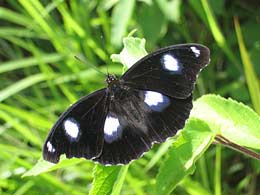Address the mess
 Something a little lighter for the final ecology post, courtesy of Comedy Central. They invite you to address the mess and find out just how environmentally unconscious you are.
Something a little lighter for the final ecology post, courtesy of Comedy Central. They invite you to address the mess and find out just how environmentally unconscious you are.But if I may introduce a slightly serious point, the problem with quizzes like this one (and yes I do know this one isn't meant to be serious), and even the earth footprint calculator, is that they tend to lump all environmental behavior together. This can lead people to think that by recycling, carrying their own coffee mug around and switching off lights they are helping save the planet. I suppose every little helps but it takes an awful lot of little things to make up for some of the big ones and quizzes and surveys like this could do a much better job if they pointed out the impact of each behavior. The earth footprint calculator almost does this on the final page but I don't know why they don't have the 'impact' of each answer pop up as you answer it. It's not as if people are going to cheat on the quiz (are they?) Then it would be clearer that it's nice to recycle but no amount of recycling will make up for even just a few plane trips.
This time last year: Bug Soup and Pathogens determined to attack inside the United States.
Labels: Environmental Issues



























